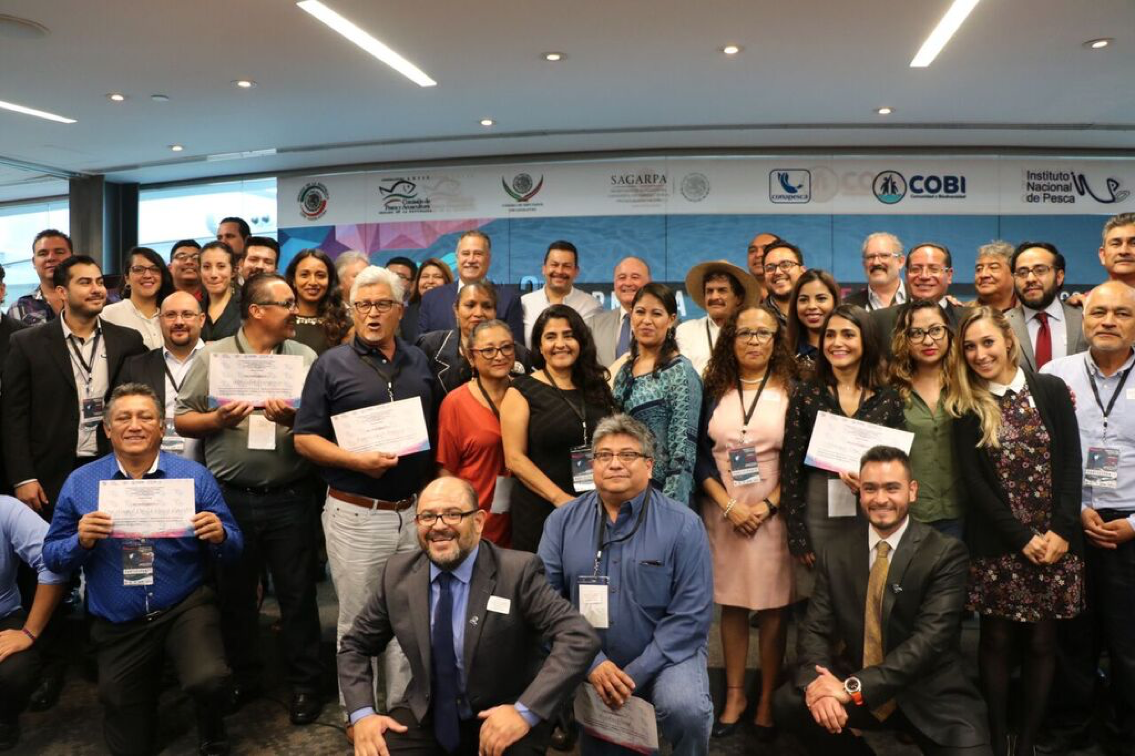The results of our demonstrative models provide us with recommendations to improve national public policy and strengthen public agencies. The components of this program are:
1. Identification of problems and potential solutions. We conduct participatory research that engages both experts and local knowledge.
2. Evaluation of working arena. We develop a stakeholder map and an assessment to have the political context and identify key allies, including our community partners.
3. Work plan design. We design a plan (strategies and actions) aligned with national goals and international agreements, using the most best information available.
4. Work plan implementation. We implement and evaluate our activities and strategies to ensure our impact is strengthening public policy and agencies.
Currently, we have five strategies: capacity building for sustainable fisheries and aquaculture; the creation of the National Prize for Sustainable Fisheries and Aquaculture; the strengthening public participation in fisheries management and research; and the alignment of local actions to international agreements and instruments (Aichi Goals, SDG14, and FAO SSF Guidelines).
The legal framework to support marine conservation and sustainable fisheries needs to be in place to move from local demonstrative models to greater impacts at the national level. This represent a niche of work in Mexico. Community partners are key for moving this agenda forward. International agreements and instruments can provide great guidance, and are key to initiate a meaningful dialogue with public governmental organizations.
